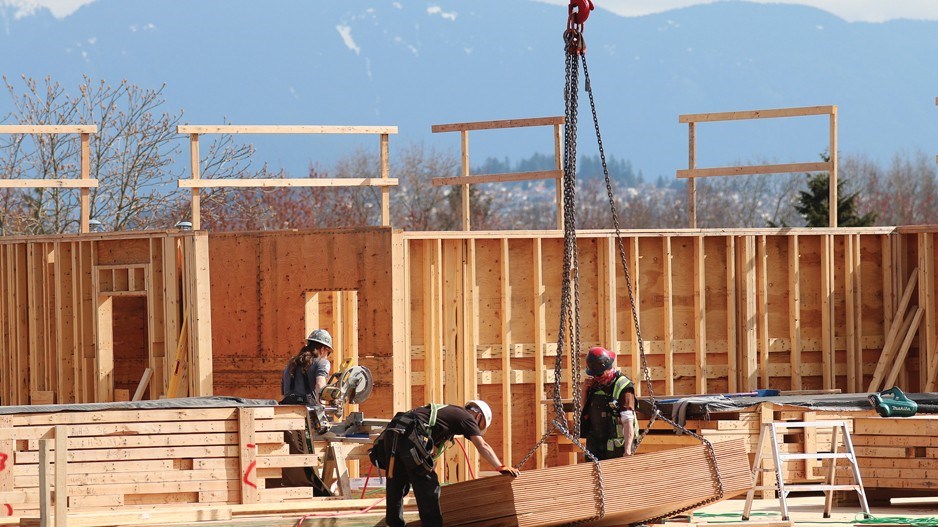B.C. housing starts picked up again in March. On a seasonally adjusted annualized basis, urban starts increased to 58,670 in March. This marks an increase of 32.3 per cent compared to the previous month and is well above the six-month average, which was around 47,800. Multi-family starts increased 38.5 per cent to a rate of 55,095, but this was balanced out by a 21.4-per-cent decline in single-family starts, which totalled 3,575. Nationally, housing starts declined 6.9 per cent with multi-family unit starts down 7.8 per cent, and single-family unit starts down 3.2 per cent.
Among B.C.’s seven large metro areas, five had higher starts in March. Vancouver still leads the way, with a 27.2-per-cent increase to a seasonally adjusted annualized rate of 41,720 starts. This was above last year’s monthly average of 33,200. Victoria had a 65.6-per-cent increase to 5,486 housing starts, which is above the 2023 average of around 5,000. Kelowna registered 4,775 starts, up 14.8 per cent from February. Kamloops and Nanaimo were the two regions that saw a decline in housing starts month to month.
In a year-over-year comparison, B.C. unadjusted housing starts rose by 21 per cent, up from 4,018 in March 2023 to 4,867 in March 2024. The number of single-family home starts decreased, with only 266 units started this March compared to 399 units last March, representing a 33-per-cent decline. Additionally, multi-family unit construction starts increased, up from 3,619 units in March 2023 to 4,601 units in March 2024, representing a 27-per-cent increase.
The headline consumer price inflation in B.C. rose to 2.7 per cent in March from 2.6 per cent in February, just slightly below the national figure for the month and signalling easing price pressures. Growing shelter and gasoline prices were the leading cause of this gain as they accelerated during the month.
Shelter prices increased by 6.8 per cent year over year in March, following a 6.2-per-cent increase in February, as both rental and owned accommodation costs remained high. Monthly, the shelter component increased by 0.7 per cent. Meanwhile, prices for household operations, furnishings and equipment decreased by 0.5 per cent. In another notable increase, gasoline prices rose by 4.4 per cent on a year-over-year basis, completely countering the 4.3-per-cent decline in the prior month. This consequently led to an increase in transportation and energy costs, up by 1.8 per cent and 1.5 per cent, respectively.
Food inflation remains persistent, but price growth has decelerated sharply from a year ago. Food prices rose by 3.6 per cent year over year in March, only slightly down from February’s annual 3.7-per-cent increase. Excluding the impact of food and energy prices, core inflation decelerated further to 2.6 per cent from 2.9 per cent.
In March, goods prices rose slightly, up 0.5 per cent on a year-over-year basis and higher than the 0.3-per-cent gain in February. Prices for services grew by 4.5 per cent, consistent with last month’s gain. Items related to recreation, education and reading posted a price increase of 0.7 per cent while alcoholic beverages, tobacco products and recreational cannabis prices rose by three per cent.
Bryan Yu is chief economist at Central 1.





